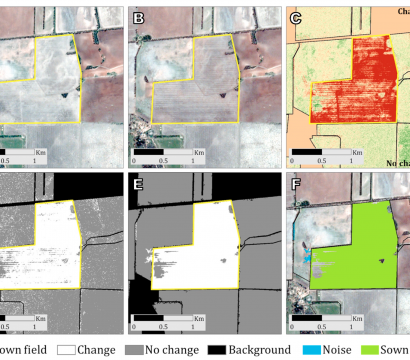Sub-daily Dove Imagery Used to Measure River Velocity
If it were possible, a stationary observer in sun synchronous orbit would see one Planet Dove satellite rocket past every ~90 seconds. At polar latitudes, the relative speed of Earth’s rotation is much lower, like the inside tracks of a vinyl record. As a result, Planet often collects multiple images of the […]











